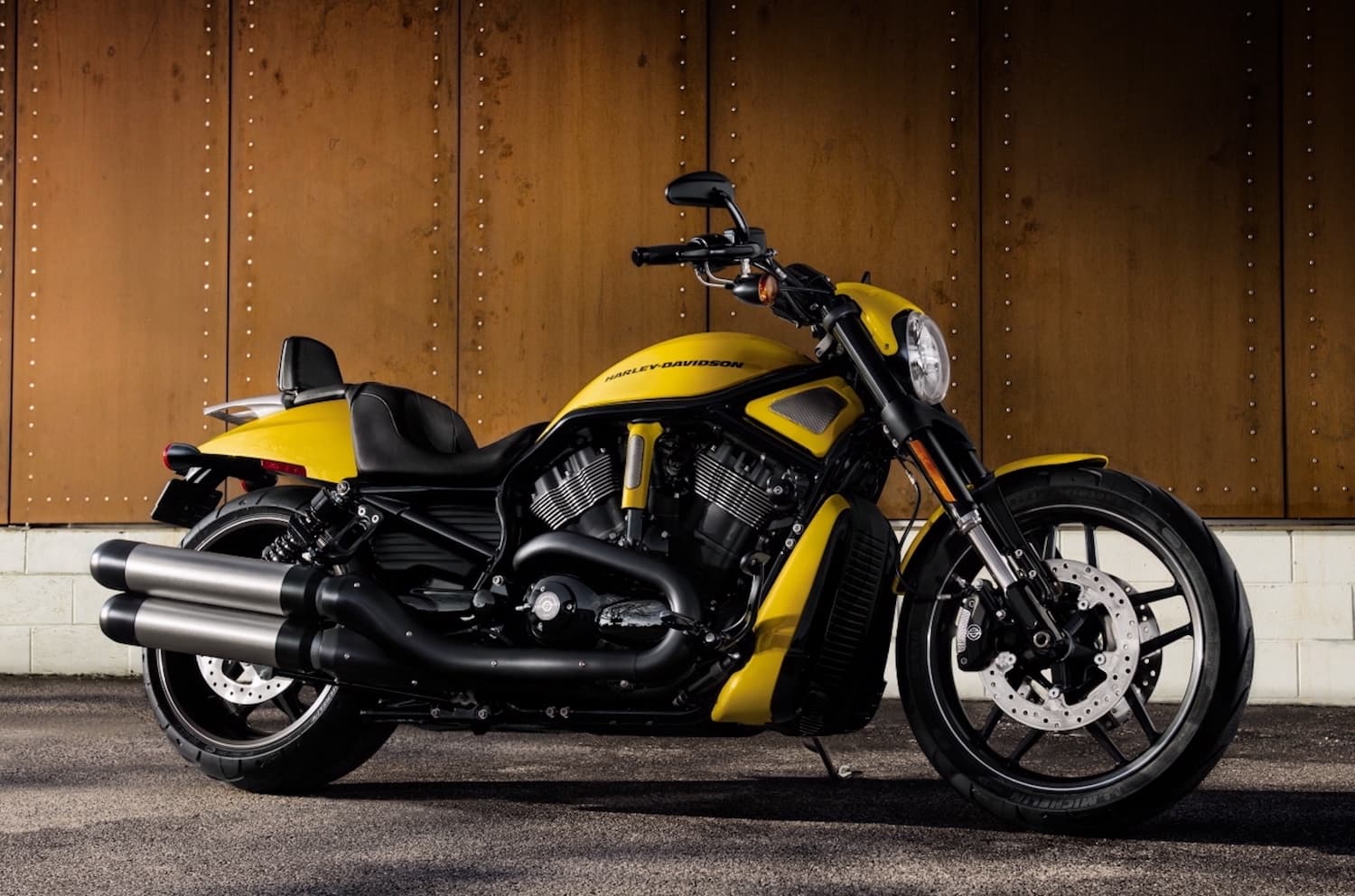- Arabic
- French
- Russian
- Spanish
- Portuguese
- Turkish
- Armenian
- English
- Albanian
- Amharic
- Azerbaijani
- Basque
- Belarusian
- Bengali
- Bosnian
- Bulgarian
- Catalan
- Cebuano
- Corsican
- Croatian
- Czech
- Danish
- Dutch
- Afrikaans
- Esperanto
- Estonian
- Finnish
- Frisian
- Galician
- Georgian
- German
- Greek
- Gujarati
- Haitian Creole
- hausa
- hawaiian
- Hebrew
- Hindi
- Miao
- Hungarian
- Icelandic
- igbo
- Indonesian
- irish
- Italian
- Japanese
- Javanese
- Kannada
- kazakh
- Khmer
- Rwandese
- Korean
- Kurdish
- Kyrgyz
- Lao
- Latin
- Latvian
- Lithuanian
- Luxembourgish
- Macedonian
- Malgashi
- Malay
- Malayalam
- Maltese
- Maori
- Marathi
- Mongolian
- Myanmar
- Nepali
- Norwegian
- Norwegian
- Occitan
- Pashto
- Persian
- Polish
- Punjabi
- Romanian
- Samoan
- Scottish Gaelic
- Serbian
- Sesotho
- Shona
- Sindhi
- Sinhala
- Slovak
- Slovenian
- Somali
- Sundanese
- Swahili
- Swedish
- Tagalog
- Tajik
- Tamil
- Tatar
- Telugu
- Thai
- Turkmen
- Ukrainian
- Urdu
- Uighur
- Uzbek
- Vietnamese
- Welsh
- Bantu
- Yiddish
- Yoruba
- Zulu
ส.ค. . 11, 2024 12:28 Back to list
Choosing the Right V-Belt for Optimal Compressor Performance and Longevity in Various Applications
Understanding V-Belts for Compressors A Comprehensive Guide
V-belts play a critical role in the operation of various machinery, including compressors. These belts are essential components that connect the motor to the compressor, ensuring the efficient transmission of power and torque. In this article, we will delve into the significance of V-belts in compressors, their types, key specifications, maintenance tips, and how to choose the right V-belt for your compressor.
What is a V-Belt?
A V-belt is a type of flexible mechanical linkage specifically designed to transfer power between rotating shafts. Characterized by its trapezoidal cross-section, a V-belt fits snugly into a corresponding groove on the pulleys, which optimizes grip and minimizes slippage. This design allows V-belts to operate quietly while efficiently handling high loads and providing a significant degree of flexibility.
Importance of V-Belts in Compressors
Compressors are vital components in various applications, from air conditioning systems to industrial refrigeration and manufacturing processes. The V-belt is crucial in ensuring the compressor operates smoothly and efficiently. A well-functioning V-belt helps to
1. Improve Efficiency A properly tensioned V-belt reduces energy loss due to slippage and ensures that maximum power is transmitted from the motor to the compressor.
2. Reduce Vibration Efficient power transmission minimizes vibrations in the system, which can contribute to wear and tear on components, prolonging equipment lifespan.
3. Enhance Performance The correct V-belt ensures optimal compressor performance, enabling it to function at its best capacity.
Types of V-Belts
There are several types of V-belts available on the market, and choosing the right one is essential for the performance of your compressor. Some common types include
1. Classical V-Belts These standard belts are widely used in various applications. They come in different sizes and lengths to accommodate different systems.
2. Narrow V-Belts These belts are designed for high-speed applications and can handle increased loads due to their narrower design.
3. Variable Speed V-Belts As the name suggests, these belts are designed for variable speed applications, providing better flexibility and performance.
v belt for compressor

4. Wrapped V-Belts Wrapped V-belts have an additional fabric layer that enhances durability and reduces stretch, making them suitable for heavy-duty applications.
Key Specifications
When selecting a V-belt for your compressor, consider the following specifications
1. Length and Width Measure the circumference and width of the existing belt or consult the compressor's manual for the appropriate size.
2. Material Most V-belts are made from rubber or synthetic materials. Ensure that the material is suitable for your application's temperature and environmental considerations.
3. Type of Application Consider the specific requirements of your compressor, such as load capacity and speed, to determine the best belt type.
Maintenance Tips
To ensure the longevity and functionality of V-belts in compressors, follow these maintenance tips
1. Regular Inspections Regularly check the V-belts for signs of wear, fraying, or damage, and replace them as needed.
2. Proper Tensioning Ensure the V-belt is correctly tensioned. An overly loose or tight belt can lead to inefficiencies or premature failure.
3. Alignment Check the alignment of the pulleys. Misalignment can lead to increased wear and eventual belt failure.
4. Cleanliness Keep the V-belt and pulleys clean from debris and contaminants, which may cause slippage or wear.
Conclusion
In summary, V-belts are a vital component in the functioning of compressors, providing the necessary power transfer for optimal performance. Understanding the different types, specifications, and maintenance practices can help ensure that your compressor operates efficiently and reliably. Investing in the right V-belt will contribute to the overall productivity and lifespan of your equipment, making it a worthwhile consideration for any compressor application.
-
Korean Auto Parts Timing Belt 24312-37500 For Hyundai/Kia
NewsMar.07,2025
-
7PK2300 90916-T2024 RIBBED BELT POLY V BELT PK BELT
NewsMar.07,2025
-
Chinese Auto Belt Factory 310-2M-22 For BMW/Mercedes-Benz
NewsMar.07,2025
-
Chinese Auto Belt Factory 310-2M-22 For BMW/Mercedes-Benz
NewsMar.07,2025
-
90916-02660 PK Belt 6PK1680 For Toyota
NewsMar.07,2025
-
drive belt serpentine belt
NewsMar.07,2025

